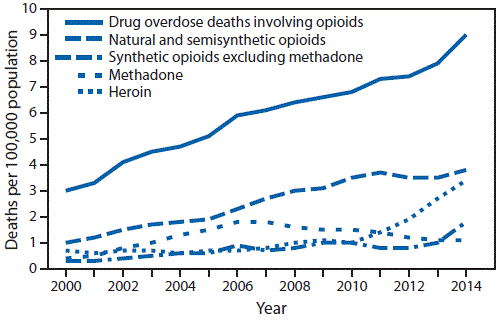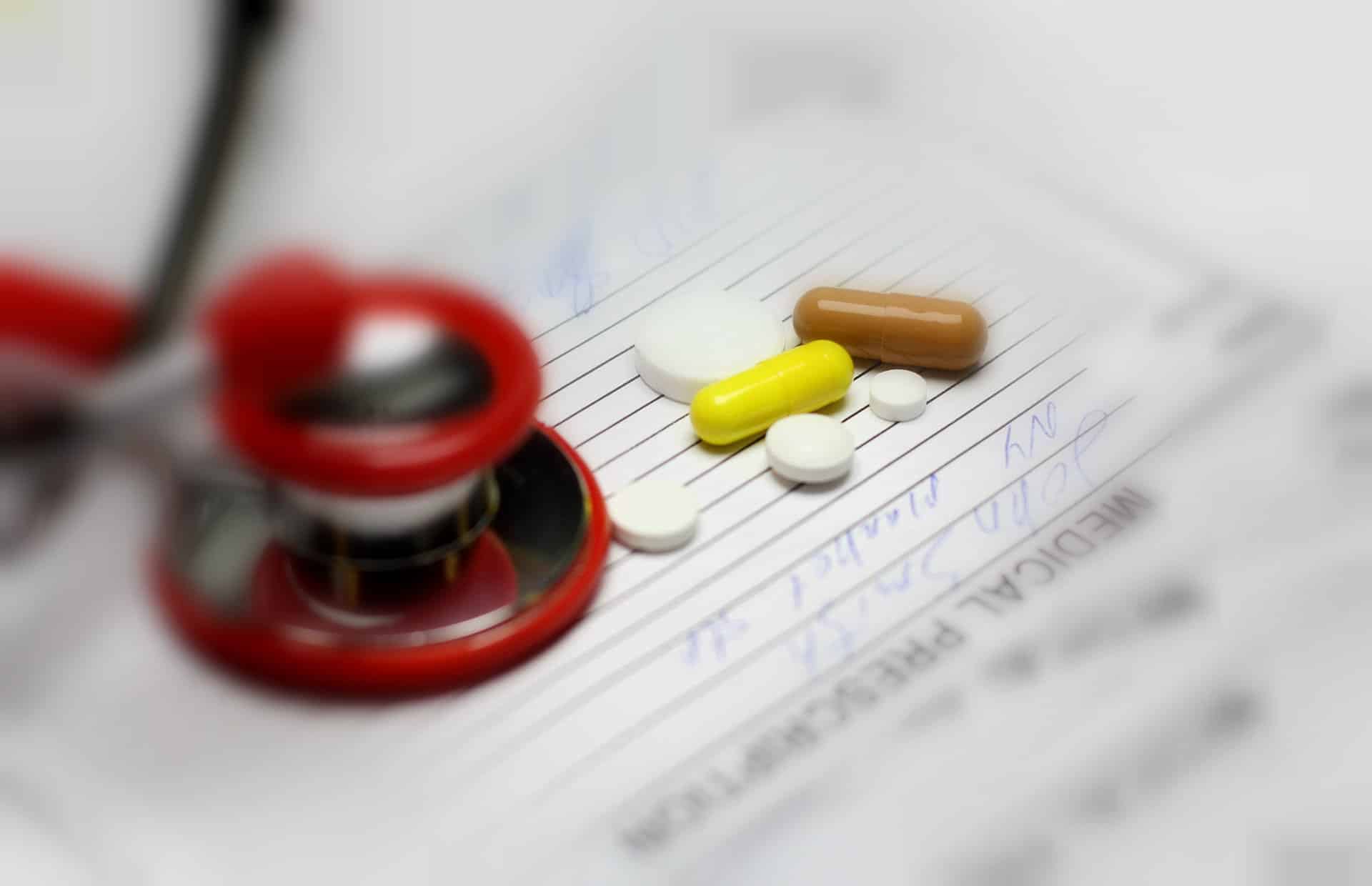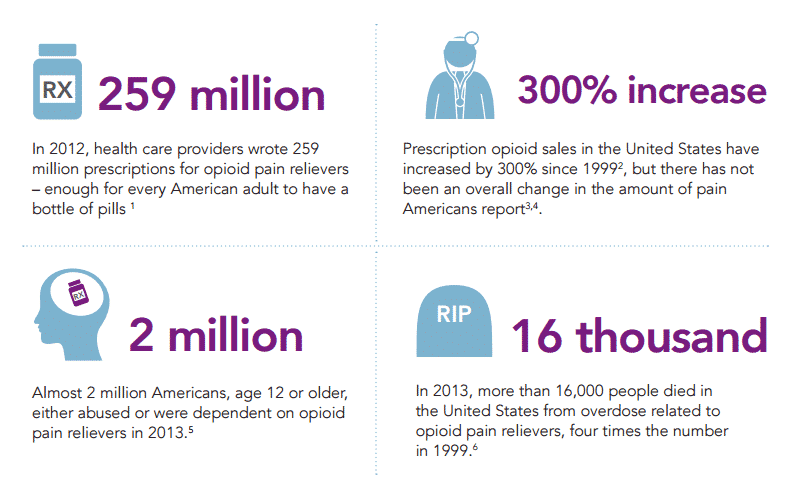The Rising Rates of Opiate Overdose
Rates of opiate overdose have skyrocketed in the United States over the past few decades. Prescription painkillers are the leading cause of opioid misuse and overdose. In fact, emergency departments treat more than 7,000 people every single day because of misuse of prescription medications, reports the Centers for Disease Control and Prevention. President Obama even highlighted the prescription opioid epidemic during his final State of the Union address, signaling the extent of this public health crisis. Many people on the forefront of the prescription painkiller epidemic support common sense limitations on physician prescribing practices. Now, an astonishing new study from the Boston Medical Center reports that the majority of opiate overdose survivors go on to receive another prescription.

Physician Prescribing Practices Contribute to the Opioid Epidemic
Prescription painkillers are intended to be used to treat moderate to severe pain. Common painkillers include hydrocodone (e.g., Vicodin), oxymorphone (e.g., Opana), and oxycodone (e.g., Oxycontin). Physicians commonly prescribe these medications following injury or surgery to help individuals manage pain during their recovery.
More recently, however, there has been an increase in public acceptance of painkiller use as well as physician willingness to prescribe the drugs. Now, these potent prescription opioids are commonly prescribed to treat a range of pain problems, including osteoarthritis or back pain. Unfortunately, opioids have a high addictive potential. This means that millions of Americans are put at risk of prescription painkiller abuse.
Opiate Overdose Signs and Symptoms
Over time, people using prescription painkillers for medical purposes may develop a tolerance for the drugs. They may increase their dosage or use the drugs differently than prescribed. Other people begin using prescription painkillers to numb emotional pain in their lives. These drugs can create a feeling of euphoria that is a form of self-medication for physical and emotional pain.
Taking too much of a prescription painkiller results in overdose. On a molecular level, opioids act as central nervous system depressants. This means that they downregulate nervous system activity — including the activity of neurons signaling pain. This is how opioids have their painkilling effects. Above therapeutic levels, however, painkillers can be deadly. At high doses, opioids lower respiratory system activity to deadly levels. Common signs of opiate overdose include slow breathing, unconsciousness, and pinpoint pupils.
Opiate Overdose Survivors are Very Likely to Obtain Future Opioid Prescriptions
Opiate overdose is often deadly. Among the lucky survivors, some go on to quit their prescription painkiller habit. More common, however, is a return to drug use. This is because the drugs alter brain structures associated with reward and motivation. Without appropriate treatment or support, opiate overdose survivors do not have the tools they need to achieve a successful recovery.
The recent Boston Medical Center study published in Annals of Internal Medicine found that an astonishing number of opiate overdose survivors go on to obtain more of the drug that nearly killed them. The study followed 2,848 patients who had a non-fatal opiate overdose for up to 300 days. Within that time frame, 91% of patients had received an additional prescription for opioid painkillers. Nearly 1 out of 5 patients who received high doses of prescription opioids went on to have another overdose.
What to Do about Opiate Addiction
The fact that 9 out of 10 opiate overdose survivors are able to get another opioid prescription from a physician suggests that our current prescribing practices are broken. There is a growing push for physicians to receive more training in best prescribing practices for opioid painkillers. This includes recommendations for non-pharmaceutical alternatives for pain management as well as curbing the use of opioid medications for certain types of chronic pain.
The Boston Medical Center study also demonstrates the need for greater access to effective treatments for opioid addiction. Increasing access to medical detox programs can help patients weather the worst of the opiate withdrawal process. Undergoing detox in a supervised medical environment with supportive professionals is an effective approach to combating opiate addiction. Furthermore, programs like the Waismann Method offer Individualized assessment and treatment plans to match patients with the detox protocol that will put them on a path to successful recovery.
Sources:
https://www.cdc.gov/drugoverdose/epidemic/index.html
https://annals.org/aim/article-abstract/2479117/opioid-prescribing-after-nonfatal-overdose-association-repeated-overdose-cohort-study

















